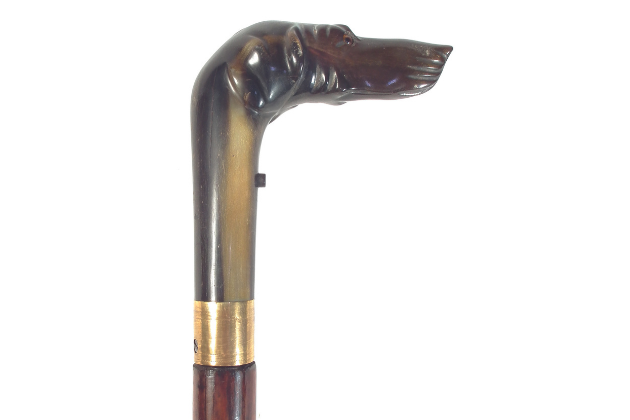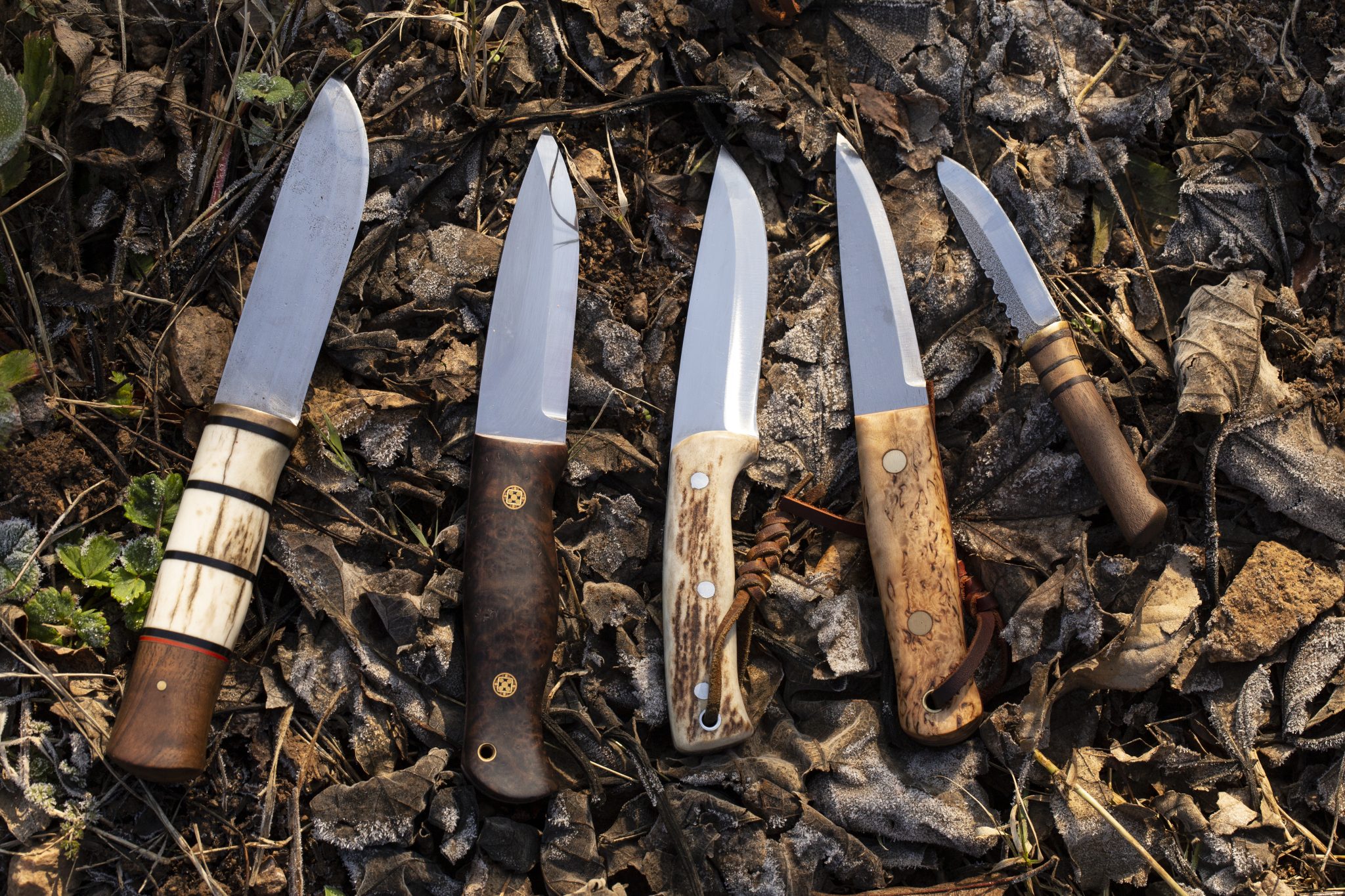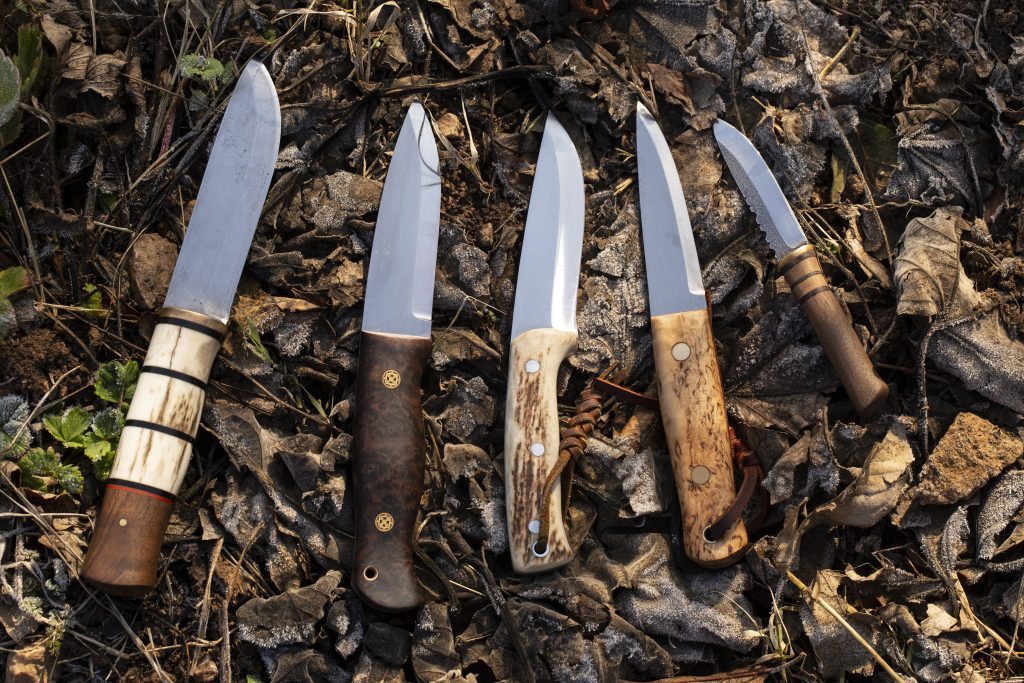Win CENS ProFlex DX5 earplugs worth £1,149 – enter here
The history of the walking stick gun

Ever since firearms were invented, they have been disguised as other objects, particularly walking sticks. This is unsurprising, as both a stick and a gun barrel look very similar, even when viewed over short distances. Hence the walking stick gun.
There is a wonderful German walking staff in the Wallace Collection in London from about 1580. It incorporates a wheel lock pistol and a sword blade. Doubtless it was made for some Renaissance prince who didn’t entirely trust his courtiers.
Just over two centuries later, in 1814, Henry William Vander Kleft was granted a patent for a walking staff that contained (among other things) a flintlock pistol, an inkwell, writing instruments, paper and a telescope. No specimen is known of Mr Vander Kleft’s ingenious invention. In all probability, it never made it past the drawing board.
Manufacture of the walking stick gun
A design of walking stick gun that must have been made in large numbers was that of John Day, of Barnstaple. Day was granted British patent 4861 of 1823 for a percussion cap walking-stick gun. This unscrewed to expose a nipple. The cap was fired by a bar hammer located in front of the grip. Day’s patent also protected a splendid-looking all-brass blunderbuss pistol and truncheon with an impressive eagle-head grip. These are very rare — not so the walking-stick guns, which survive in large numbers.
Fantastical contraptions
The perfection of metallic cartridges really allowed walking-stick guns to blossom, as their mechanisms could be drastically simplified. By the mid-1870s, several designs were known, but one was so successful that it became the industry standard still used today. On 13 December 1876, Joseph-Célestin Dumonthier was granted British patent 4825 for “small arms combined with walking sticks”.
The patent is extensive and goes into great detail, including cane guns that were fired by blowing the sliding bolt against the cartridge. However, among these rather fantastical contraptions is a walking-stick gun with a twist-and-pull action that would become predominant.
To load, the user gripped the handle and turned it through 90 degrees to expose the chamber. A cartridge was placed on the loading tray, the handle pushed forwards to chamber it and then turned back through 90 degrees to lock it and cock the striker.
The gun was fired by pressing a trigger in the conventional manner. Sometimes the trigger was fixed, sometimes it was a little button that rose when cocked. The most ingenious was a disappearing type that only dropped down when a ferrule was rotated.
The walking stick gun that illustrates this article is unusual in that it has a beautiful horn handle in the form of a very elegant dog’s head. I can’t say exactly what breed it might be, but it is some form of gazehound, whose long muzzle forms part of the handle. A small pair of glass eyes bring the whole thing to life.
The gun’s history goes that it was bought from the London gunmaker Hellis in about 1900. I think that is entirely right. I doubt it is English and it is either French or Belgian, though it is unmarked.
Prohibited firearm
For all that it pre-dates the 1 September 1939 cut-off for antiques, the law does not consider it to be one because it is chambered for the ubiquitous .410 cartridge, which is not on the schedule attached to the new Antique Firearms Regulations 2021. Had it been chambered for the 9mm or 7mm walking-stick cartridge, then it would be.
Consequently, in law, it is a prohibited weapon because it is a firearm disguised as another object. All is not lost, however. As a collector of walking sticks or walking-stick guns, you can have a special condition put on your shotgun certificate allowing lawful possession.
The ban on disguised weapons is a piece of EU-inspired hysteria. Apparently, a German MP found out that the KGB had pistols disguised as packets of fags for assassinating people and threw a wobbler, which resulted in a change to the EU Weapons Directive. The naivety of such people is staggering. Since when did the KGB worry about anyone else’s law? You can imagine how the conversation might go in Moscow: “Make sure you don’t shoot anyone with your disguised pistol, comrade, you might get arrested.”
Related Articles
Get the latest news delivered direct to your door
Subscribe to Shooting Times & Country
Discover the ultimate companion for field sports enthusiasts with Shooting Times & Country Magazine, the UK’s leading weekly publication that has been at the forefront of shooting culture since 1882. Subscribers gain access to expert tips, comprehensive gear reviews, seasonal advice and a vibrant community of like-minded shooters.
Save on shop price when you subscribe with weekly issues featuring in-depth articles on gundog training, exclusive member offers and access to the digital back issue library. A Shooting Times & Country subscription is more than a magazine, don’t just read about the countryside; immerse yourself in its most authoritative and engaging publication.







